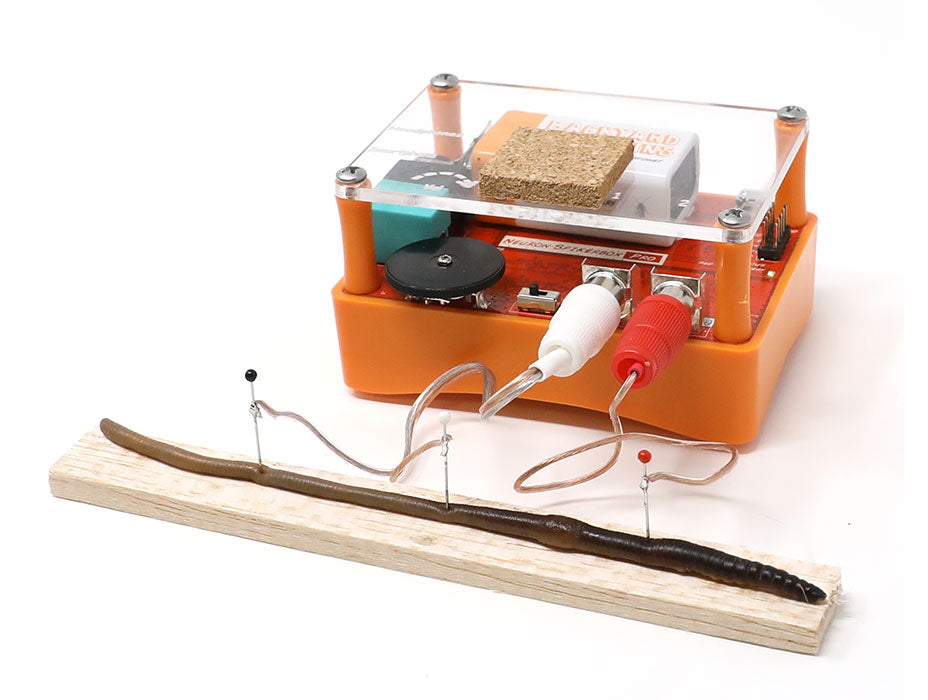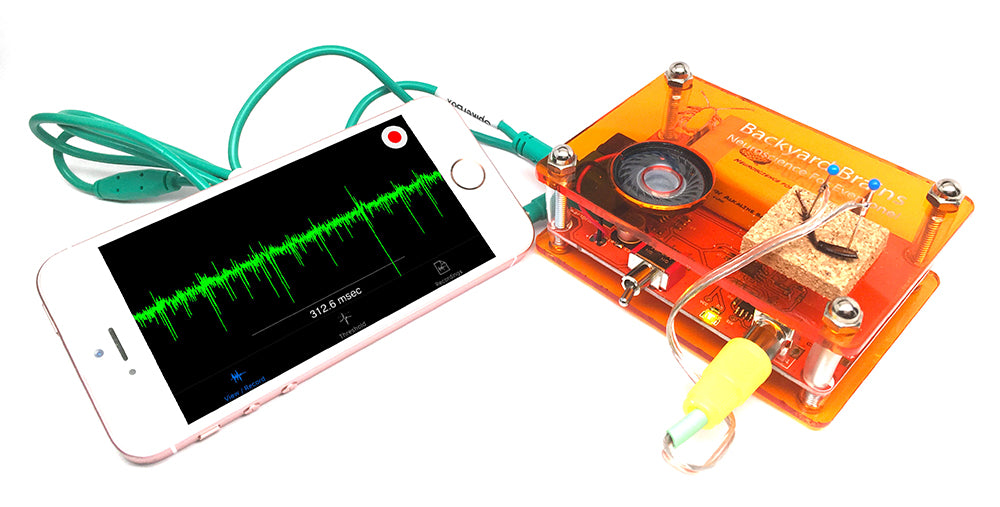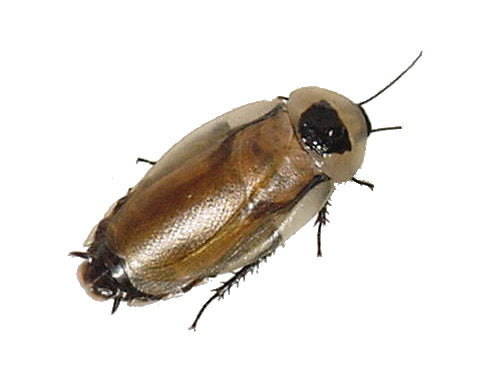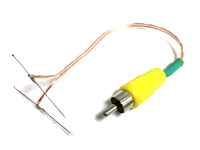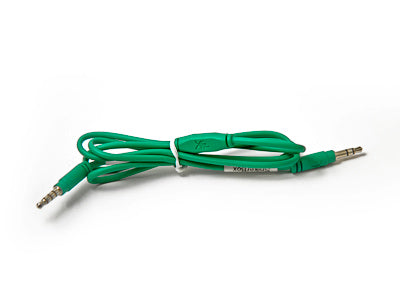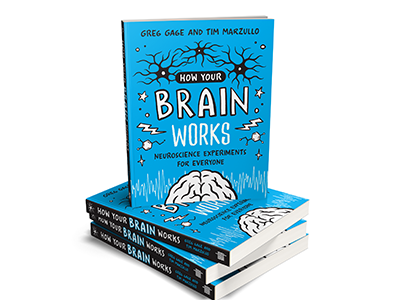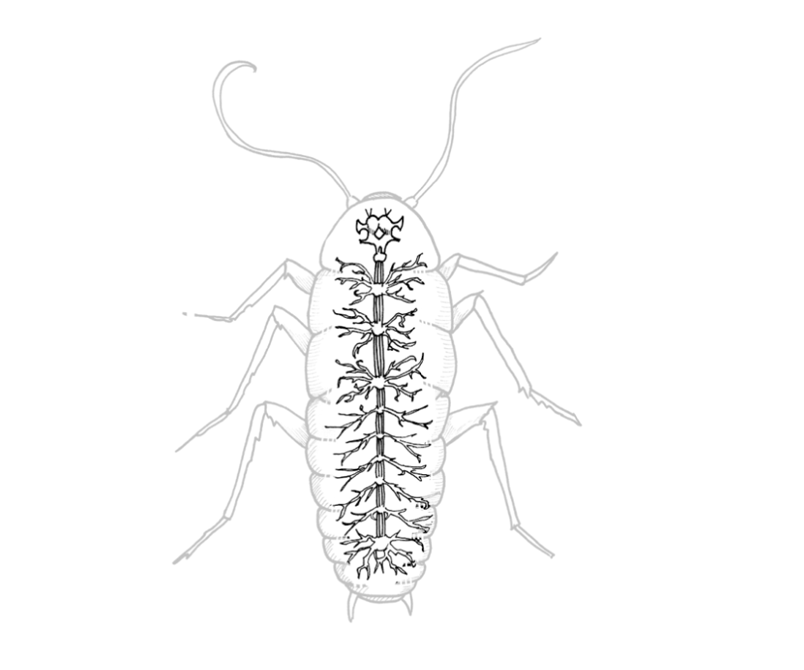
Hear and See Neurons: Exploring Cockroach Nervous Systems

In this experiment you’ll discover how neurons transmit electrical signals and use the cockroach nervous system to see (and hear) those signals in action.
About experiment
What Will You Learn?
- How neurons generate and transmit electrical spikes.
- How to record neural activity from living tissue.
- The basics of bio-amplification and its role in neuroscience.
Background
The human brain holds billions of neurons, but studying them directly is difficult. Cockroaches offer an accessible model: their neurons fire the same electrical spikes—action potentials—that power our own thoughts and movements. With a Neuron SpikerBox we can record those spikes in a single leg and watch the nervous system at work.
Experiment
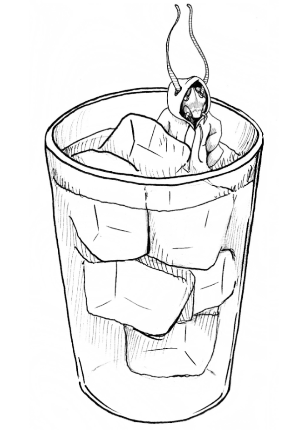
Recording Spikes From a Cockroach Leg
Materials
- Live cockroach
- Ice water (for anaesthesia)
- Neuron SpikerBox + two electrode pins
- Cork or soft board
- Small scissors or forceps
- Smartphone / computer with SpikeRecorder
Procedure
- Anaesthetise the cockroach in ice water until it stops moving.
- Remove one leg quickly and cleanly—the insect’s natural autotomy response minimises harm.
- Pin the leg to cork and push the two recording electrodes through the limb into the board.
- Connect the electrodes to the Neuron SpikerBox, turn it on, and listen for spikes.
- Open SpikeRecorder on your phone or computer to visualise the neural signals and experiment with electrode placement for the clearest activity.
What do you need?
-
Related Products


